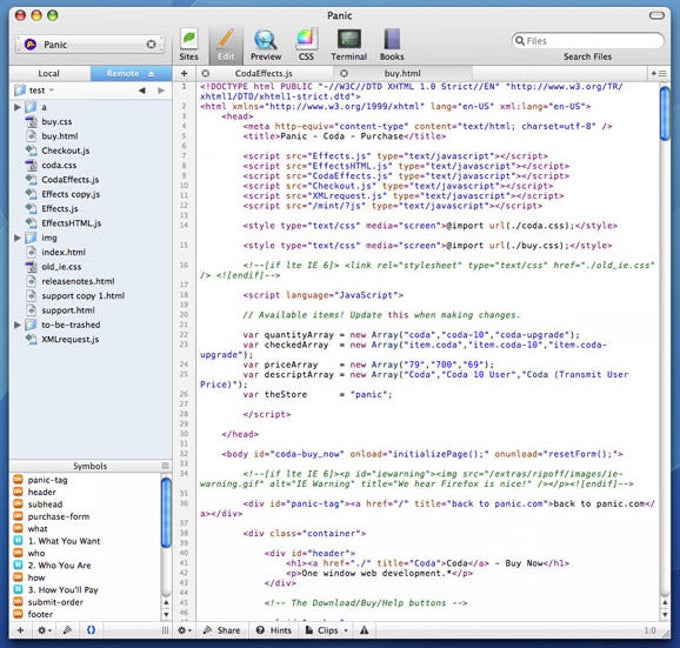
Therefore, it is difficult to resolve responses specific to installation from the natural properties of noise. However, the noise wavefield itself typically has polarity in the oscillation direction due to contamination of various types of waves such as Rayleigh waves and T-waves (e.g., Ardhuin et al. Noise records can also be used to evaluate the response of the two horizontal components (e.g., Landschulze and Mjelde 2016). However, artificial shots are too expensive to be applied to a large-scale seismograph network such as S-net, and can also have a negative impact on the environment. 2002 Bagaini and Muyzert 2004 Landschulze and Mjelde 2014). Previous studies have examined this issue by polarization analysis of artificial shots (e.g., Woje et al. Given these factors, the two horizontal components from in-line type OBSs may respond to incident waves differently. These issues are related to the asymmetric shape of the observation system that is specific to in-line-type OBS networks, and insufficient coupling with the seafloor. Using seismograms affected by such rotation may lead to an overestimation of earthquake magnitude. This change was interpreted to reflect rotation of the pressure vessel due to decoupling from the ocean bottom during the strong ground motion. Nakamura and Hayashimoto ( 2019) detected a significant change in the DC offset before and after strong ground motion in in-line-type OBSs installed at Sanriku-Oki, Japan. This showed that, unlike land seismic observations, the orientations of S-net seismograms require correction with respect not only to azimuth but also the tilt and rotation angles of the installed pressure vessel. ( 2019) measured the orientation of three-component seismometers in S-net using DC offsets and far-field waveforms from accelerograms. Since ocean bottom seismic observations are different to land seismic observations in many ways, problems specific to ocean bottom observations should be shared as much as possible. 2020) that have not been detected by land or coastal observations. 2019) and small tsunamis (e.g., Kubota et al. The S-net records have already produced new discoveries, such as non-volcanic tremors (e.g., Tanaka et al. It was also expected to provide valuable data that may advance marine seismology. S-net was designed to detect tsunamis and earthquakes much earlier than existing seismic networks. When installing OBS networks in the future, installing OBSs and cables within grooves dug in the seafloor or by burial will be effective in suppressing such natural vibrations.Īfter the 2011 Tohoku-Oki earthquake (M W 9.0) and tsunami, which resulted in at least 18,000 dead and missing people, National Research Institute for Earth Science and Disaster Resilience (NIED) installed the Seafloor Observation Network for Earthquakes and Tsunamis (S-net) along the Japan Trench (e.g., Kanazawa et al. We suggest users of in-line-type OBSs carefully examine if there are different responses between the X and Y components when frequencies about > 3 Hz are used. We propose a simple model to evaluate the extent to which the peak and notch have formed, which depends on the natural frequencies and coupling of the pressure vessel. These natural vibrations are not observed for buried OBSs or those installed within grooves in the seafloor probably because they are better coupled to the seafloor. The notch and peak frequencies in the Y/X amplitude spectral ratio likely correspond to natural frequencies of longitudinal (X-direction) and torsional and/or bending (Y-direction) vibrations, respectively. We interpret the “N”-shaped Y/X amplitude spectral ratio is caused by the natural vibrations of a cylindrical pressure vessel that is placed sideways (long-axis lies in the horizontal plane) on the seafloor. For S-net stations, the “N”-shape is not clearly formed for stations installed within grooves dug in the seafloor. This shape does not characterize OBSs belonging to node-type ocean bottom network of DONET deployed near the Nankai Trough.

The “N”-shape reflects a sharp peak and notch at approximately 5–13 Hz and 10–23 Hz, respectively.

We have identified “N”-shaped Y/X amplitude spectral ratios in S-coda records from a significant number of OBSs (ocean bottom seismometers) belonging to in-line-type ocean bottom networks of S-net and ETMC deployed around the Japan Trench and Sagami Trough, respectively.


 0 kommentar(er)
0 kommentar(er)
